Alzheimer’s disease is one of the world’s biggest health problems.
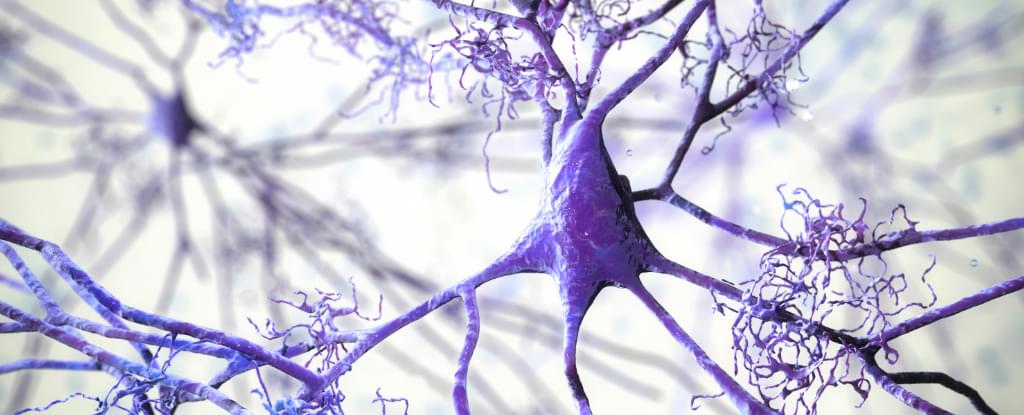


The immune system fights germs on the skin, in the tissues of the body, and in bodily fluids such as blood. It is made up of the innate (general) immune system and the adaptive (specialized) immune system. These two systems work closely together and take on different tasks.
The innate immune system is the body’s first line of defense against intruders. It responds in the same way to all germs and foreign substances, which is why it is sometimes referred to as the “non-specific” immune system. It acts very quickly – for instance, it makes sure that bacteria that have entered the skin through a small wound are detected and destroyed on the spot within a few hours. But the innate immune system can’t always stop germs from spreading.
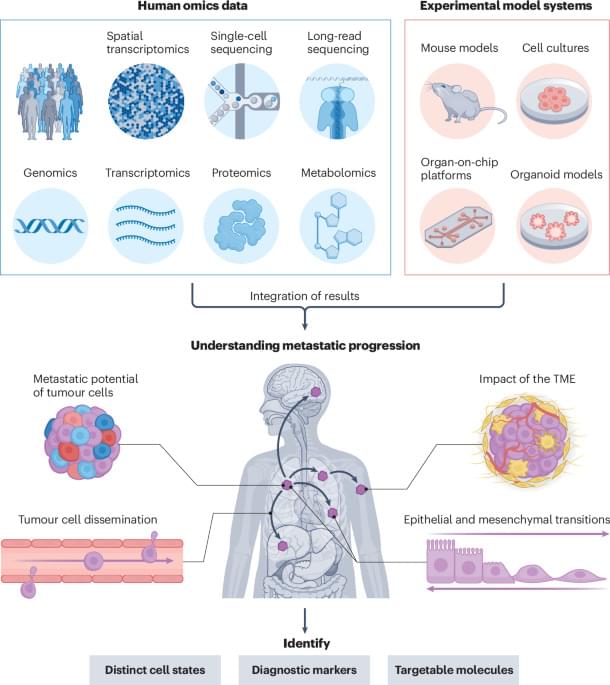

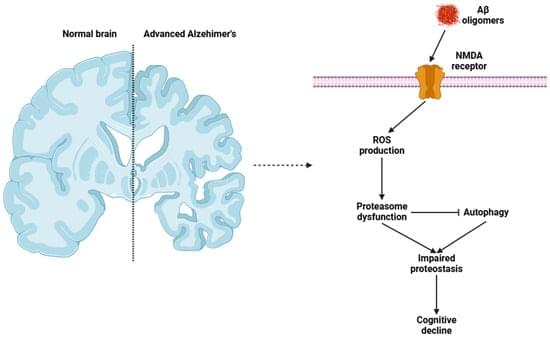
Aging is a complex, progressive, and irreversible biological process that entails numerous structural and functional changes in the organism. These changes affect all bodily systems, reducing their ability to respond and adapt to the environment. Chronic inflammation is one of the key factors driving the development of age-related diseases, ultimately causing a substantial decline in the functional abilities of older individuals. This persistent inflammatory state (commonly known as “inflammaging”) is characterized by elevated levels of pro-inflammatory cytokines, an increase in oxidative stress, and a perturbation of immune homeostasis. Several factors, including cellular senescence, contribute to this inflammatory milieu, thereby amplifying conditions such as cardiovascular disease, neurodegeneration, and metabolic disorders.
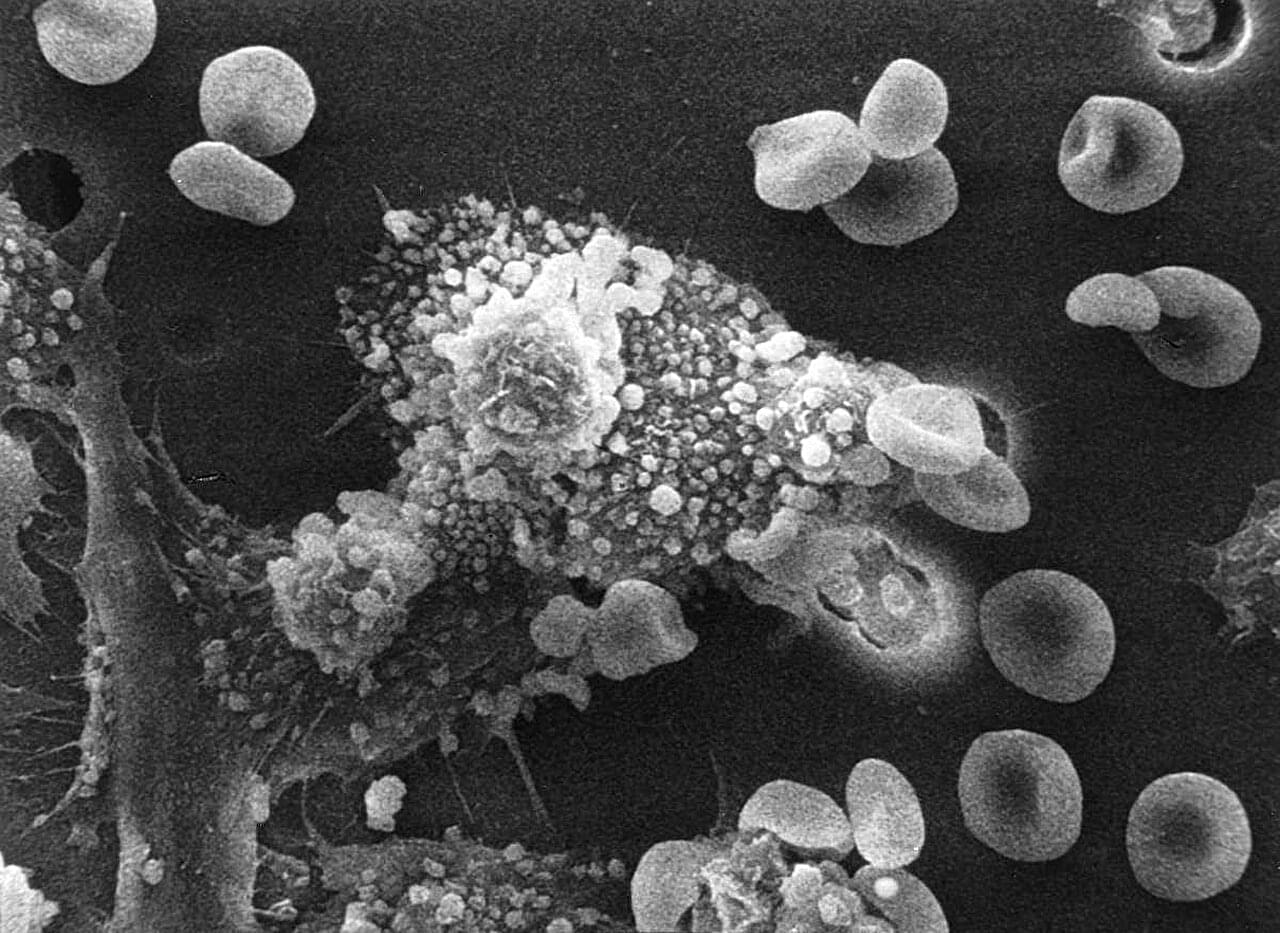
To grow, cancer tumors must hijack the immune system for their needs. One of the main tricks that most tumors use is to manipulate a type of immune cell called a macrophage, causing it to protect the tumor from the rest of the immune system, recruit blood vessels and help the cancer spread to other tissues.
Now researchers in Prof. Ido Amit’s lab at the Weizmann Institute of Science have used state-of-the-art gene editing and single-cell and AI technologies to identify a master switch that turns macrophages into cancer helpers.
Based on this discovery, the team developed a new therapy that was shown to be effective in mice with bladder tumors, one of the most common types of cancer in humans and one for which only limited therapeutic innovations are currently available. The discovery is presented in a paper published in the journal Cancer Cell.
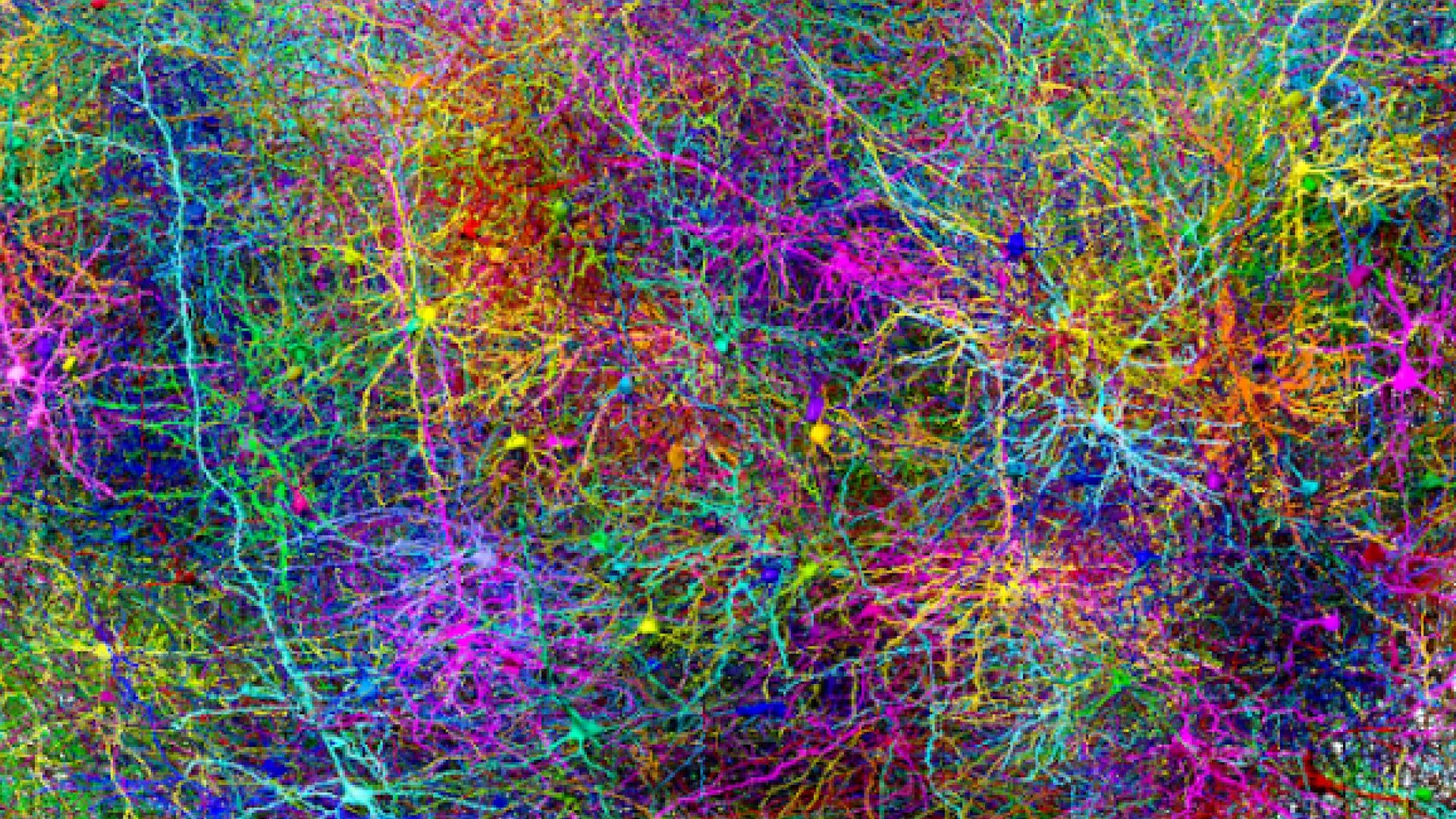
A revolutionary blueprint is emerging from a fragment of brain tissue, promising new insights into the mysteries of the human mind. At the heart of this innovation is NEURD—short for “NEURal Decomposition”—a groundbreaking software package developed by researchers at Baylor College of Medicine.
With NEURD, the time-consuming process of mapping the intricate “street map” of brain connections is being transformed, enabling faster error detection and data corrections that pave the way for discovery.
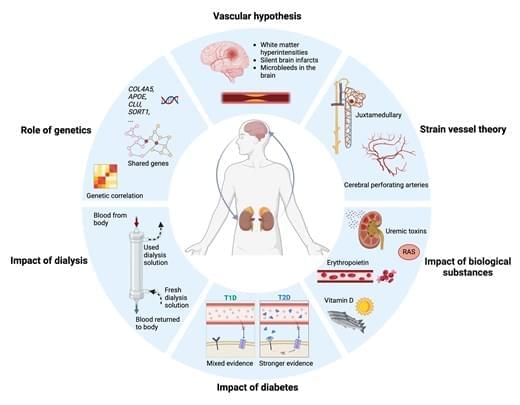
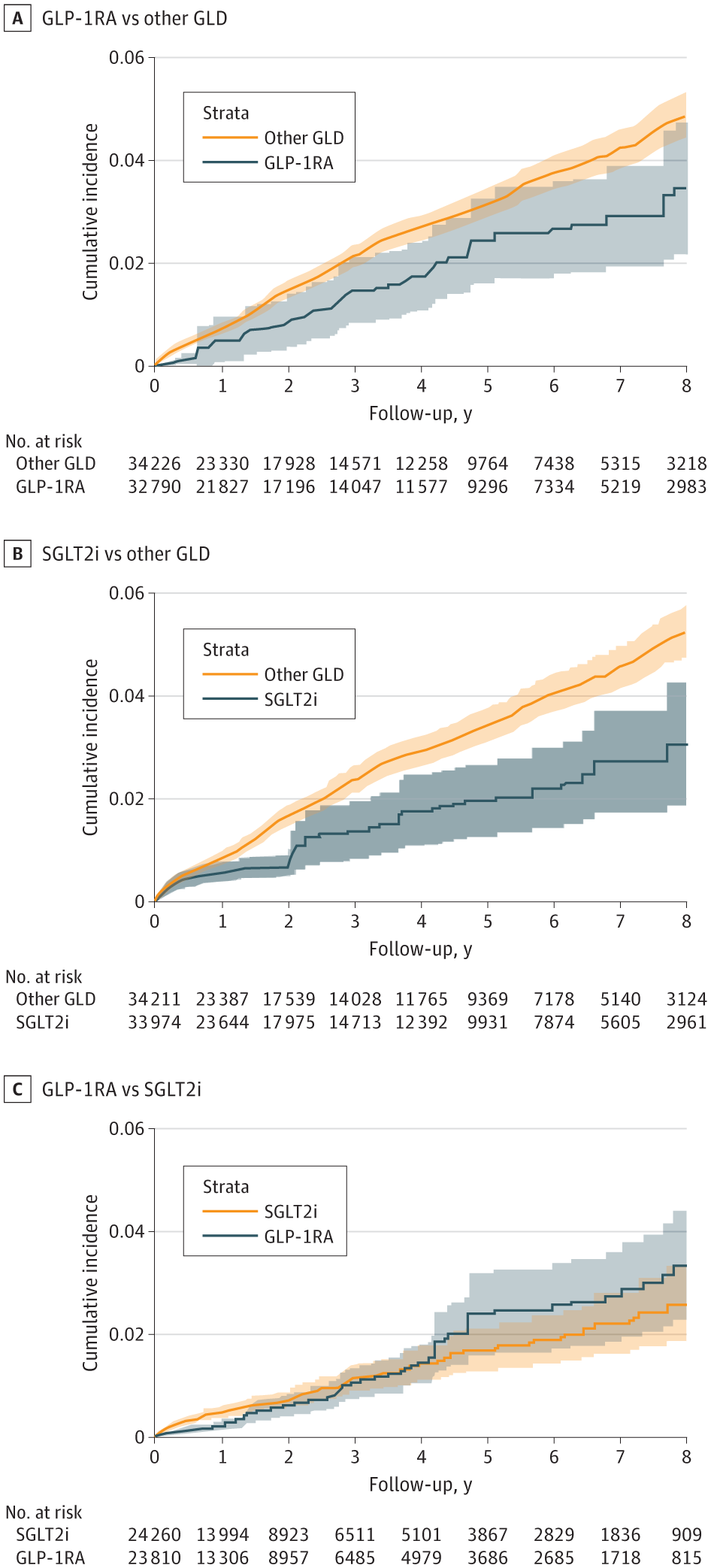
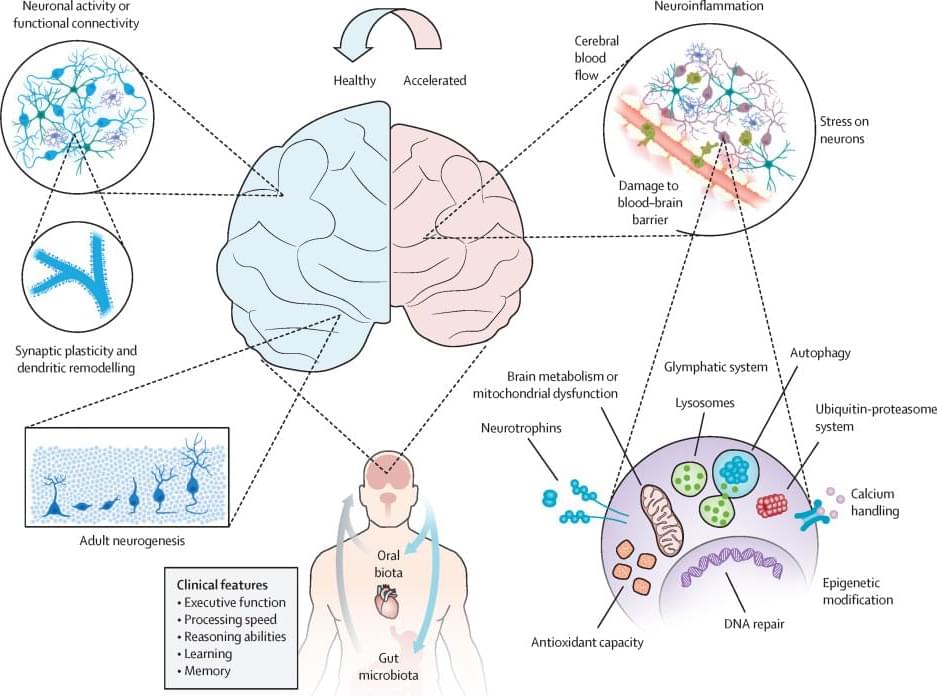
Ageing is a scientifically fascinating and complex biological occurrence characterised by morphological and functional changes due to accumulated molecular and cellular damage impairing tissue and organ function. Ageing is often accompanied by cognitive decline but is also the biggest known risk factor for Alzheimer’s disease, the most common form of dementia. Emerging evidence suggests that sedentary and unhealthy lifestyles accelerate brain ageing, while regular physical activity, high cardiorespiratory fitness (CRF), or a combination of both, can mitigate cognitive impairment and reduce dementia risk.